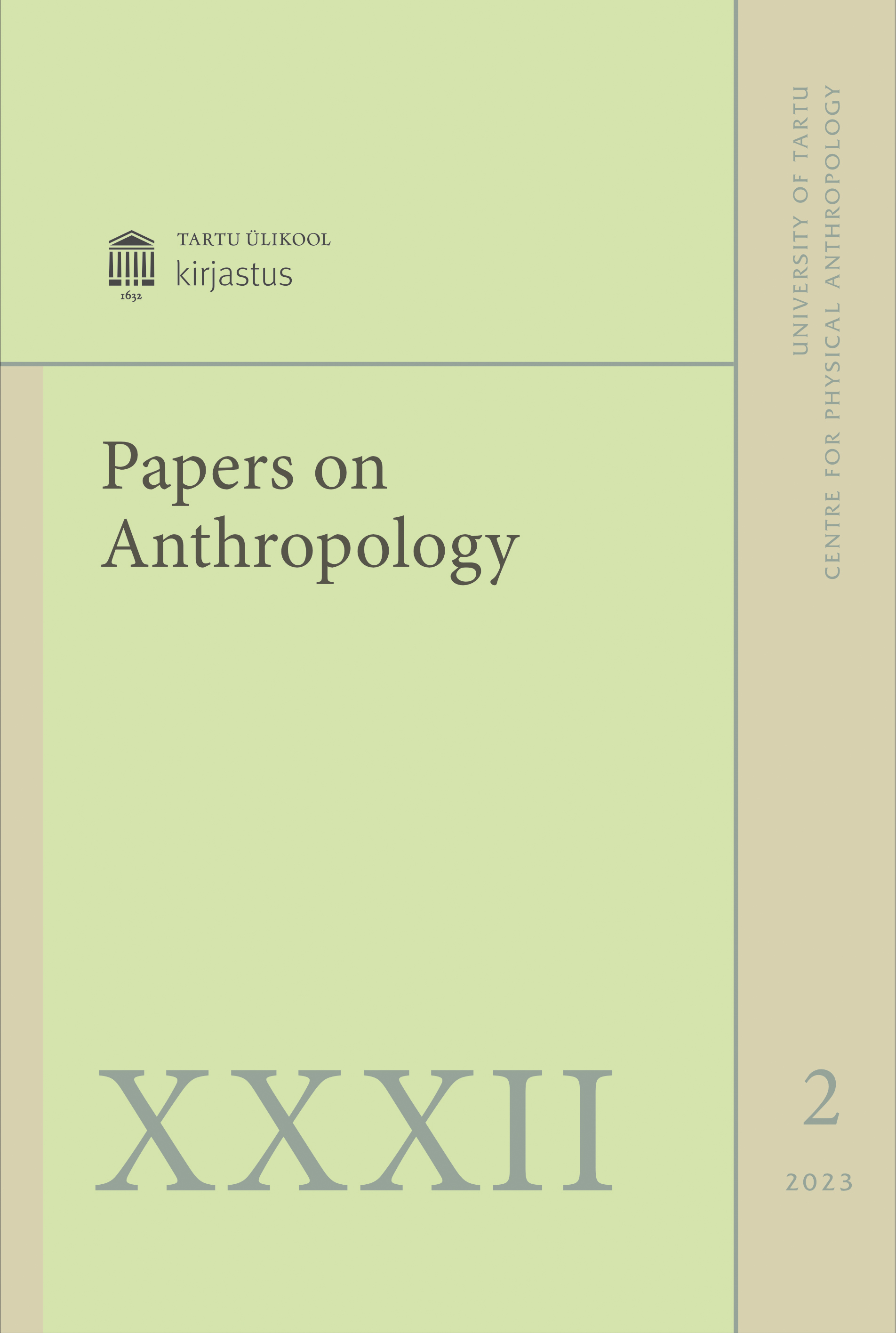Menstrual hygiene practices, social taboos and restrictions: a study among adolescent schoolgirls of Manipur
DOI:
https://doi.org/10.12697/poa.2023.32.2.02Keywords:
menstrual hygiene and practice, adolescent, reproductive health, social taboosAbstract
Although menstruation is a normal phenomenon, many girls across the world are subjected to social taboos and misconceptions and are denied the right to control their menstruation in a dignified and healthy manner. This results in poor menstrual hygiene and a high risk for adverse physical, emotional, and mental health outcomes. Therefore, this study aims to assess the menstrual hygiene practices and social taboos among the adolescent girls of Manipur. A school-based, cross-sectional study was conducted among 215 adolescent girls aged 10–19 years from different ethnic groups of Manipur. The mean menarcheal age is 12.4 ± 1.2 years. The majority of the participants (95.35%) are aware of the essence of menstruation. However, only half of the studied population follow hygienic practices concerning the type of absorbent used and the frequency of changing absorbents. Approximately 40% of the respondents are associated with social taboos and restrictions, and these belong exclusively to the Meitei community. In general, the menstrual hygiene practices of the studied adolescent girls are poor. Many girls, irrespective of different ethnic groups, are associated with unhealthy menstrual-related cultural beliefs and taboos. Therefore, future intervention programmes should be introduced to maintain hygienic and safe menstruation practices. Moreover, awareness should be developed, imparting adequate knowledge on menstrual hygiene and waste management practices to prevent associated adverse health outcomes.

